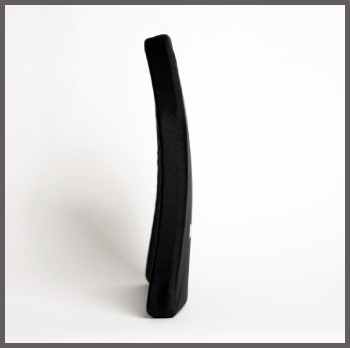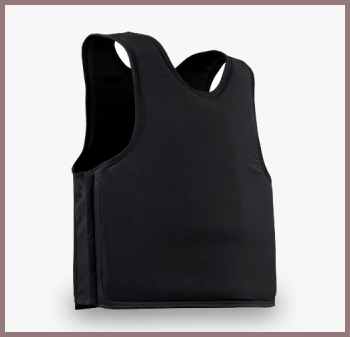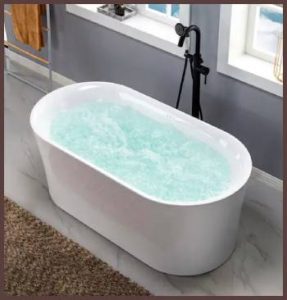In the world of body armor, the choice between multi curve and flat armor is a topic of constant debate. Both have their pros and cons, and ultimately, the decision comes down to the individual’s needs and preferences.
In this article, we’ll delve into the differences between multi curve and flat armor, exploring their advantages and disadvantages, and answering some frequently asked questions.
A Brief Comparison Table
| Feature | Multi Curve Armor | Flat Armor |
| Comfort | Higher comfort due to conforming curves | Less comfortable, may cause pressure points |
| Mobility | Greater mobility due to improved fit | May restrict mobility |
| Weight Distribution | Even weight distribution across the body | Less even weight distribution |
| Cost | Generally more expensive | More affordable |
| Availability | Less widely available | More widely available |
| Customization | Pre-curved shape may not fit all body types | Easier to adjust for unique body shapes |
| Ideal for | Extended wear, high-mobility situations | Budget-conscious users, shorter wear periods |
A Tale of Two Armors: The Journey Begins
Once upon a time, in a world of ever-increasing threats, people sought protection in the form of body armor. The two most common types of body armor are multi curve and flat armor. But what exactly are they, and how do they differ from each other?
Multi Curve Armor: Embracing the Contours

Multi curve armor, as the name suggests, features a design with multiple curves to better conform to the human body. These plates are crafted to fit the natural contours of the wearer’s chest, providing a more comfortable and secure fit. The result is an armor that distributes its weight evenly across the body, reducing the likelihood of pressure points and discomfort.
Pros of Multi Curve Armor:
- Comfort
The main advantage of multi curve armor is its superior comfort. By mimicking the body’s natural shape, it allows for a more snug and comfortable fit, which is particularly important for those who wear body armor for extended periods.
- Mobility
The improved fit of multi curve armor translates to increased mobility. The user can move more freely and naturally, enabling them to perform their duties without being encumbered by the armor.
- Weight Distribution
Multi curve armor distributes its weight more evenly across the body, which can help reduce fatigue and increase the wearer’s overall endurance.
Cons of Multi Curve Armor:
- Cost
The main drawback of multi curve armor is its higher price point. The complex manufacturing process required to create these plates makes them more expensive than their flat counterparts.
- Availability
Multi curve armor may not be as widely available as flat armor, making it potentially more difficult to find and purchase.
- Fit
While the design of multi curve armor aims to provide a better fit, it might not be suitable for everyone. Some individuals may find that the pre-curved shape does not match their body’s specific contours, leading to discomfort or a less secure fit.
Flat Armor: The Classic Choice

Flat armor, on the other hand, features a simple, flat design. These plates are more straightforward to produce, making them more affordable and widely available. Flat armor offers adequate protection, but its lack of curves may result in a less comfortable fit for some users.
Pros of Flat Armor:
- Cost:
Flat armor is generally more affordable than multi curve armor, making it an attractive option for those on a budget.
- Availability
Due to its simpler design, flat armor is more readily available than multi curve armor, making it easier to find and purchase.
- Customization
Some users may find that flat armor offers a more customizable fit, as it can be adjusted to suit the wearer’s unique body shape.
Cons of Flat Armor:
- Comfort
Flat armor may not be as comfortable as multi curve armor, particularly for those who wear it for extended periods. The flat design can lead to pressure points and discomfort over time.
- Mobility
Flat armor may restrict mobility to a greater degree than multi curve armor, as its shape does not conform as well to the body’s natural contours.
- Weight Distribution
The lack of curves in flat armor means that the weight may not be as evenly distributed across the body, potentially leading to fatigue and reduced endurance.
FAQ: Answering Your Burning Questions
Now that we’ve explored the differences between multi curve and flat armor, let’s address some frequently asked questions about these two types of body armor.
There’s no definitive answer to this question, as the “better” option depends on individual preferences and needs. Multi-curve armor offers improved comfort, mobility, and weight distribution compared to flat armor. However, it can be more expensive and harder to find. Ultimately, the best choice will depend on factors such as budget, availability, and personal comfort.
As mentioned above, the choice between curved (multi-curve) and flat armor comes down to personal preferences and requirements. Multi-curve armor offers greater comfort and mobility but is generally more expensive than flat armor. Flat armor, while more affordable and widely available, may not provide the same level of comfort and mobility.
Single curve plates offer a middle ground between multi-curve and flat armor. These plates have one curve, usually designed to fit the chest, providing a more comfortable fit than flat armor but less contouring than multi-curve plates. The comfort of single curve plates may vary from person to person, depending on individual body shapes and preferences.
Hesco is a well-known manufacturer of body armor plates. Their plates are made from a variety of materials, including high-performance polyethylene, ceramic composites, and steel. The specific composition of a Hesco plate depends on the model and its intended level of protection.
The strongest type of body armor is typically hard armor, which includes ceramic, steel, and ultra-high-molecular-weight polyethylene (UHMWPE) plates. These materials provide the highest level of ballistic protection and are rated to stop various types of rifle rounds. The specific strength of the armor depends on its composition and the protection level it is designed to meet, as determined by the National Institute of Justice (NIJ) standards.
The strongest armor plating is often made from a combination of materials, such as ceramic or UHMWPE, backed by layers of aramid or polyethylene fibers. These composite plates offer a balance of weight, thickness, and ballistic protection, making them an effective choice for stopping high-caliber rounds. The strongest armor plating will have a higher NIJ protection level, such as Level IV, which is designed to stop armor-piercing rifle rounds.
The Verdict: Choosing Your Armor
In the end, the choice between multi curve and flat armor comes down to a balance of comfort, mobility, cost, and availability. Multi curve armor offers a more comfortable and mobile option, while flat armor is generally more affordable and accessible. It’s essential to consider your specific needs, preferences, and budget when selecting the best armor for you.
Remember, no armor is perfect, and the most important factor is that it provides the protection you need. Take the time to research and try on different types of armor to find the one that suits you best. Your safety and well-being are worth the effort.



